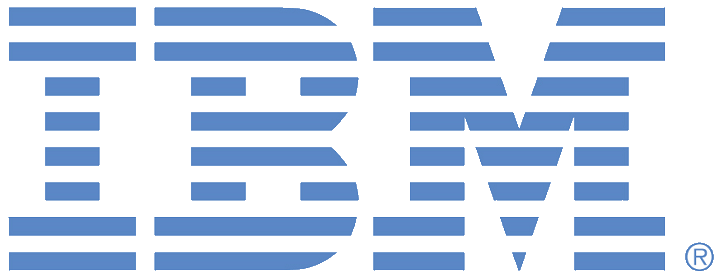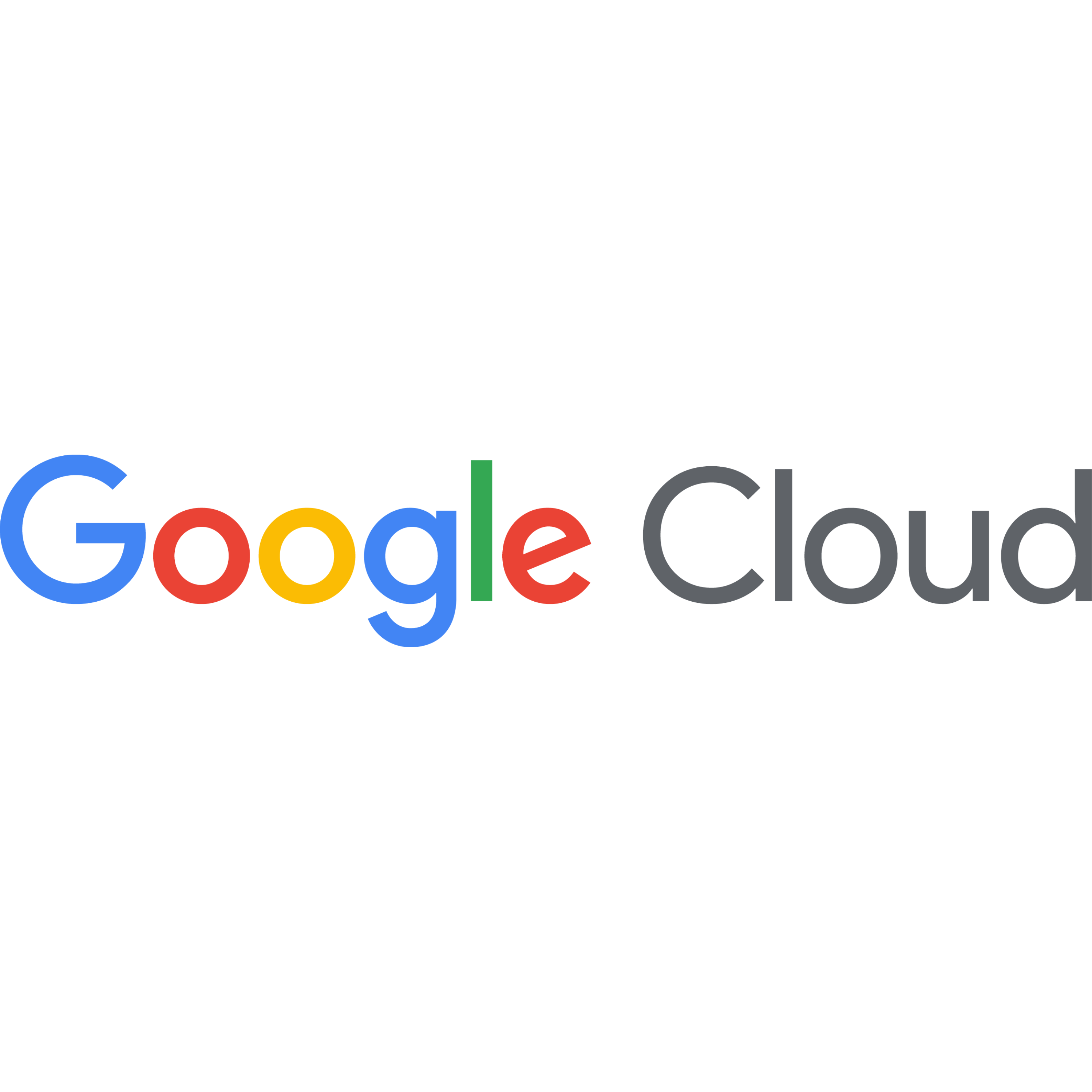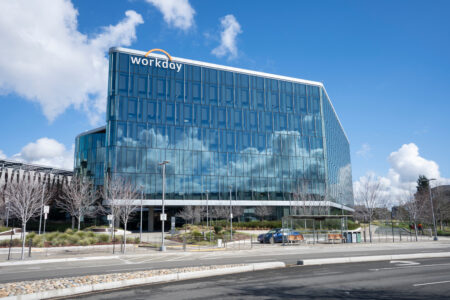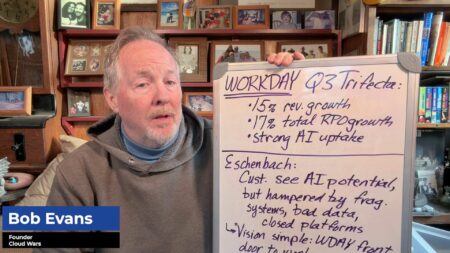
As business customers turn increasingly toward cloud providers that can deliver the innovation of the future rather than just the mass of the past, ServiceNow has jumped to #6 from #10 on the Cloud Wars Top 10, while Workday has moved up to #7 from #8.
And since every action has an equal and opposite reaction, those upward advances by ServiceNow and Workday are counterbalanced by Salesforce sliding from #6 to #8, IBM slipping from #7 to #9, and Snowflake falling from #9 to #10.
The ascendancy of ServiceNow and Workday follow the move made earlier this week in the Cloud Wars Top 10 by Google Cloud, which had been #3 but has just leapfrogged Amazon into the #2 spot.
Here’s the fully updated Cloud Wars Top 10 rankings:
- Microsoft
- Google Cloud (up from #3)
- Amazon (down from #2)
- Oracle
- SAP
- ServiceNow (up from #10)
- Workday (up from #8)
- Salesforce (down from #6)
- IBM (down from #7)
- Snowflake (down from #10)
All of those upward moves — ServiceNow to #6, Workday to #7, and earlier this week Google Cloud to #2 — have in common a few key factors that sharply reflect the criteria I use for the Cloud Wars Top 10 rankings:
- High growth rates: In their most recent quarters, Google Cloud grew 28%, ServiceNow subscription revenue was up 24%, and Workday subscription revenue was up 20%;
- Aggressive and sustained use of AI: All have been AI pioneers with everything from ML to LLMs to compelling GenAI tools and solutions;
- Creating forward-looking value for customers: All are leaders in industry-specific solutions, analytics, open technologies, and easy-integration tools; and
- Inspiring vision and execution from CEO: Thomas Kurian has led a sweeping customer-centric redefinition of what the cloud has been and what it needs to become; Bill McDermott at ServiceNow has turned the company from an impressive but wonky builder of solutions for IT teams into “the intelligent platform for digital transformation”; and Aneel Bhusri of Workday has turned the “back-office” world of HR and Finance into an absolutely mission-critical category.
Correspondingly, here’s why I have moved Salesforce, IBM, and Snowflake down on the Cloud Wars Top 10 rankings. To be sure, all three remain outstanding companies with strong futures — but competing as they do against some of the most innovative companies in the world, these three each face unique challenges.
Salesforce. Earlier this week, Marc Benioff and team hosted a big AI get-together in New York and while they demonstrated some very cool new tools, they are also circumscribed by the company’s vision of 10% revenue growth. Archrival Oracle Cloud is growing 5x as fast — and even if you strip out infrastructure to try to get a more completely like-to-like comparison, it’s growing 3x faster than Salesforce. SAP’s cloud business is growing more than 2x as fast as Salesforce, and Workday almost 2x as fast. This is the big “deflationary” force for Salesforce regarding the Cloud Wars Top 10 rankings: a growing number of customers are taking their dollars elsewhere.
IBM: In reporting its Q1 results, IBM for the first time in several years chose not to break out its cloud revenue, both in aggregate and by business unit. Does that mean cloud is less important to IBM? Does that mean it didn’t like the cloud results and therefore chose not to reveal them? Either way, in a growth game like the Cloud Wars, lack of clarity about where your cloud business is going and how it is doing is not a good thing. The only thing that kept IBM from falling to #10 was that its trailing-12-month cloud revenue is about $22 billion.
Snowflake: The company grew its product revenue by 50% in its most recent quarter and has recently revealed plans to expand the boundaries of the Data Cloud to include both app-dev and supply chain. So what the heck are you doing, Evans, by moving them down from #9 to #10? Well, while I love the 50% growth for the quarter that ended April 30, I am not so keen on the guidance for fiscal Q2 of 33%-34% revenue growth. With Q1 product revenue of $590 million, Snowflake is much, much smaller than any other Cloud Wars Top 10 company, so my expectation is that it should retain its gravity-defying growth rates of 50% or more. So that guidance dip into the relatively “normal” range of 33%-34% led me to move Snowflake down to #10.
Final Thought
Writ large, what we’re witnessing with the rise of the GenAI phenomenon is the transition from what I’m calling the Productivity Cloud Era to the Innovation Cloud Era. In this new period, customers will demand all the productivity/efficiency goodness of the past plus the wild and crazy game-changing innovation and growth that the GenAI phenomenon has spawned.
And in my ongoing analyses of the Cloud Wars Top 10 companies, ServiceNow and Workday — as well as Google Cloud from earlier this week — all represent the power and potential of the engine of the digital economy for the next 5 years: the Innovation Cloud.
Well done, #6 ServiceNow, #7 Workday, and #2 Google Cloud!
To hear practitioner and platform insights on how solutions such as ChatGPT will impact the future of work, customer experience, data strategy, and cybersecurity, make sure to register for your on-demand pass to Acceleration Economy’s Generative AI Digital Summit.















